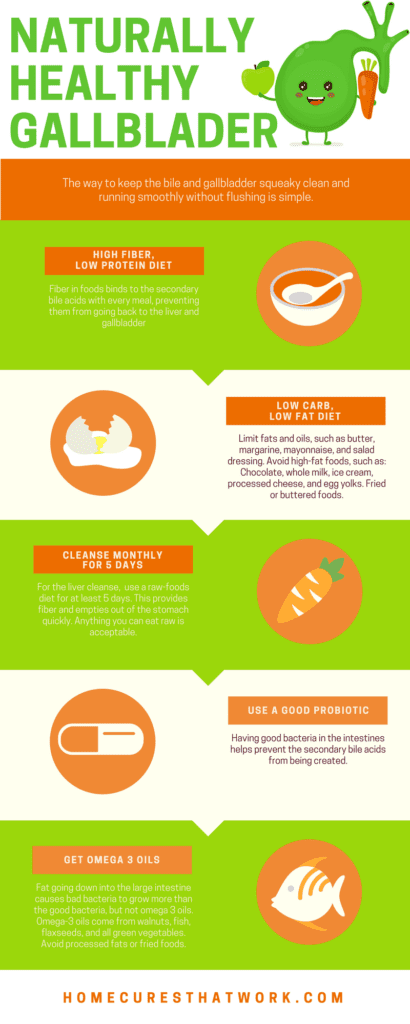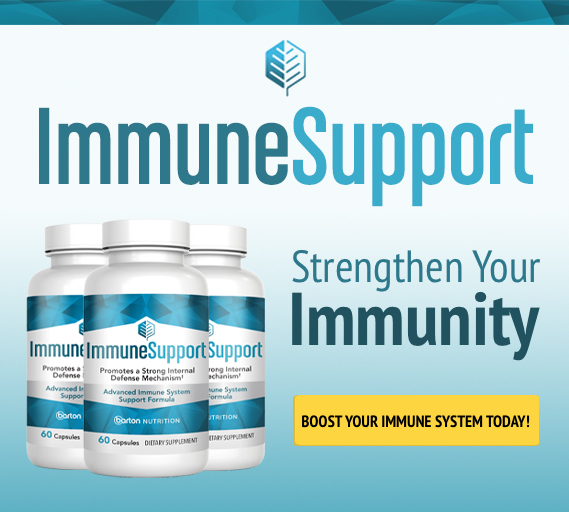7 Tips to Lower Your Risk of Developing Gallstones
Yesterday I went to visit a friend of mine. But at the house his wife warned me that he was doing a “liver flush” and didn’t want to be disturbed. “Perfect!” Right? But being a doctor, he let me in.
I asked him, “How are you doing?”
He explained, “Ugh! It’s so uncomfortable! I started days ago drinking only apple juice. I had to drink some Epsom salts in water (yuck) a couple of times yesterday. Last night, I took a half-cup of olive oil and lemon juice. I thought I was going to vomit and have to start all over again, but I kept it down. Today, I’ve been in the bathroom. Do you want to see the pictures of my gallstones?”
“Sure.” His picture showed some green round balls floating in the toilet. “Hmmmm. Gallstones don’t float; they are denser than water. Besides, your bile ducts are only a few millimeters in diameter, these are much bigger than that.”
I did some research and found that “stones” from a gallbladder flush have been analyzed. They are actually not gallstones, which are crystalized bile acids. They are primarily olive oil! They’re green because they have some bile mixed in. One man showed that if oil was dyed with red coloring, then even the middle of the “stones” would be red.[1]
So, what is the deal with the “liver flush?” Why do so many people have good results? Some people report that their gallstones went away with the flush, and others have not. Hmmmm, a puzzlement!
The Problem with Gallstones
Let’s first look at the cause and origin of gallstones. The liver makes bile from cholesterol. Bile has the important task of making the fat we eat soluble in water. It’s like a soap that forms around the fat, allowing it to be dissolved in water so it can be absorbed. The bile goes down to the end of the small intestine and is absorbed, going straight back to the liver. The liver is very efficient, using the bile again and again – about 6 times a day! There is one problem, though. Every time the bile is reused, it is changed by the bacteria in the intestines. Eventually, it becomes a toxin, irritant, and gains the ability to crystalize, forming stones. These are called “secondary bile acids,” the fresh bile from the liver is “primary bile.”
Secondary bile sitting in the gallbladder makes both stones and “sludge.” Over time these build up, and can cause pain, a lot of pain, as well as digestive problems. Without sufficient bile, the fat in your food isn’t absorbed. It goes down into the large intestine to feed bad bacteria.[2]Things work very smoothly when the secondary bile acids are removed, and the primary bile is in the gallbladder. This improves digestion, lowers blood cholesterol, and prevents gallstones. Thus, one important part of the digestive process is taking the secondary bile out.
People get “gallbladder attacks” when stones that are larger than the ducts find their way out of the gallbladder. They scrape along the ducts causing a great deal of pain. Those that are a little bigger can plug up the ducts, causing bile to back up into the liver, and creating toxicity for the whole body. Those stones that make it to the valve that leads to the intestine and block it also block the pancreas. The pancreas produces enzymes for digestion, and when the enzymes can’t get out, they begin to digest the pancreas. This is how stones can do so much damage.
Medical Options for Gallstones
The most frequent recommendation by doctors is to remove the gallbladder. Stones, sludge, inflammation, or any gallbladder problem seem to have a simple solution – surgery. If you remove the gallbladder, then you can’t have any more problems, right? Well, mostly, but…
- You can still get stones.
- The digestion of fats is less efficient in some.
- Some have ulcers and other digestive problems.
- There are potential complications of surgery.
Most who have surgical removal of the gallbladder do well, and don’t notice any digestive issues. Some have minor irritations such as excess gas when they eat certain foods, and a few have serious chronic pain.
Some doctors might offer a medication, ursodiol or chenodiol, that have been shown to dissolve stones. However, these are not often used for several reasons:
- They take a long time.
- They don’t always work.
- There is concern that as the stones get smaller, they may enter the duct, causing a “gallbladder attack.”
- Even after gallstones are dissolved, when the medication is stopped, the problem returns.
Cleansing the Gallbladder
One option that is worth trying is a gallbladder flush. There are other ways to perform the task without going through the discomfort of the flush. But let’s first look at all the benefits of the flush. Cleaning out stones, sludge, and secondary bile is one reason to do a liver flush.
- Olive oil holds on to the secondary bile, so it doesn’t get absorbed and go back to the liver.
- Epsom salts (magnesium sulfate) cause the gallbladder to contract pushing out sludge and small stones.
- Olive oil also causes the gallbladder to contract, clearing out old secondary bile acids.
- Fasting helps clean the intestines.
- Bacteria are removed from the small intestine.
The problems with the liver flush should also be considered:
- Stones over 3mm could cause a lot of pain as they pass through the bile duct.
- Stones over 5mm could plug the ducts of the liver and/or pancreas.
- Irritation of the stomach or gallbladder can cause vomiting.
- The flush causes discomfort from diarrhea.
By far, most people who do the liver flush are glad they did. They have more energy and improved digestion afterwards. In one survey of over a thousand people who have done a liver flush:[3]
- 73% were glad they did and got better
- 16% were no better, but not worse
- 5% regretted starting it, or were worse
The benefits are clearly more likely than the risks, but that is up to each person to decide.
Keep your Gallbladder Healthy Naturally
The way to keep the bile and gallbladder squeaky clean and running smoothly without flushing is simple.
Eat fiber.
Fiber in foods binds to the secondary bile acids with every meal, preventing them from going back to the liver and gallbladder. Thus, stones won’t form in the first place.[4]
Cleanse periodically.
A cleanse resets the system, allowing the intestines to clean out. I believe that most of the benefit of increased energy that people experience in a liver flush comes from fasting. There are several good books about fasting. The research seems to indicate that a small amount of low-calorie food is as good as eating nothing. I have had people do juice, broth, salad, herbal teas, and a variety of commercial cleanses. There is nothing magic about olive oil and lemon juice, it’s just one way. The key is to have an empty stomach for a period of time. Longevity researcher, Dr. Valter Longo, in his book, The Longevity Diet, explains that a 300-calorie diet is equivalent to fasting.
For the liver cleanse, I use a raw-foods diet for at least 5 days. This provides fiber and empties out of the stomach quickly. Anything you can eat raw is acceptable.
Take a probiotic.
Having good bacteria in the intestines helps prevent the secondary bile acids from being created.
Eat omega 3 fats.
Fat going down into the large intestine causes bad bacteria to grow more than the good bacteria, but not omega 3 oils.[5] Omega-3 oils come from walnuts, fish, flaxseeds, and all green vegetables. Avoid processed fats or fried foods.
My Healthy Gallbladder Recommendations
My friend was very interested in what I had to say. “Please tell me if there is another way because I don’t want to have to do this again!” I explained that he could eat whole plant foods, vegetables, beans, and so forth, to keep the gallbladder clean. The following is the best way we know:
- High fiber diet
- Low protein diet
- Low fat diet
- Low carb diet
- Cleanse monthly for 5 days
- Use a good probiotic
- Get omega 3 oils
Your gallbladder has a purpose, and if you want to keep it, then keep it clean.
No matter how healthy your gallbladder is, you can probably benefit from these superfoods, one of these probiotics and a healthy dose of these herbs and spices. (Bonus: they’re all super tasty!)























